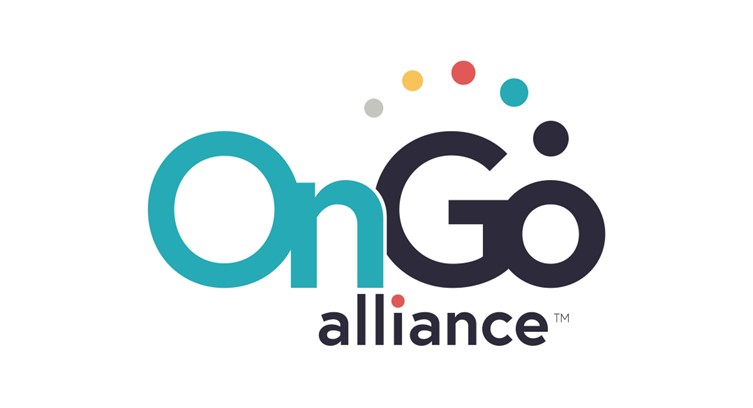From its inception, CBRS has demonstrated the significant benefits of shared spectrum by allowing multiple users to access the same frequency bands at the same time efficiently.
Since its initial commercial rollout in 2020, the market has recognized the importance of widespread access to this valuable spectrum. Evidence of CBRS’s impact can be seen in its deployment across various sectors, including airports, factories, stadiums, municipalities, ISPs, military facilities, and universities. Enter CBRS 2.0, a major enhancement to the CBRS band that further unlocks its potential with greater performance, reliability, and reduced interference.
A key improvement includes dramatically smaller zones where CBRS devices are susceptible to preemption from incumbent activities. The impact is most significant for indoor deployments under 6 meters, where the percentage of the U.S. population unaffected by protection disruptions will surge from an estimated 49% to 91%. Similarly, the geographic area unaffected by disruptions expands from 78% to 97% of the country’s total landmass, marking a dramatic increase in the business-critical availability of CBRS.
Additionally, devices outside of incumbent operations areas can now operate for up to 24 hours without reauthorizing with the Spectrum Access System (SAS), ensuring business continuity. Also, a new voluntary coexistence mechanism facilitates interference mitigation among General Authorized Access (GAA) users in dense deployments.
Key features of CBRS 2.0 include:
- Smaller Protection Zones: A dramatic improvement in reliability due to the adoption of more realistic propagation models has reduced protection zones around military usage areas. The result is that most CBRS devices will no longer need to stop transmitting or reduce power due to incumbent activity while maintaining the required national security protections.
The reductions will be most significant for CBRS devices below 6 meters above ground level, especially those indoors, but will apply to all deployments. Many locations will now become viable for reliable commercial CBRS operations that were formerly susceptible to interruptions from incumbent users.
- Longer Heartbeats: A new operational change allows CBRS devices away from protection areas to operate for up to 24 hours without reauthorizing with the Spectrum Access System (SAS). This relaxation in transmit reauthorization allows extended uninterrupted service in the event of loss of connectivity to the SAS.
- GAA Coexistence: A new voluntary coexistence mechanism allows the SAS to enforce frequency planning across CBRS devices when cooperating with General Authorized Access operators in an area that experiences interference. The new method enhances reliable spectrum access for enterprises and wireless providers using CBRS GAA spectrum, facilitating interference mitigation without overly constraining GAA operations.
Preston Marshall, OnGo Alliance chairman
The enhancements in CBRS 2.0 create a rising tide that lifts all boats. Many CBRS devices that were subject to interruptions due to incumbent activity will be assured of never being preempted with the implementation of the new models. The leadership of the OnGo Alliance is grateful for the extensive effort and critical collaboration between the NTIA, Department of Defense, FCC, and the industry, truly proving their commitment to the success of CBRS. Government flexibility was key in reaching this important milestone.
Stephen Rayment, president of the OnGo Alliance
With CBRS 2.0, networks can be deployed with even more confidence, ushering in a new era of widespread connectivity and unleashing a wide array of high-value 4G and 5G services. From mobile and fixed to private wireless networks and beyond, CBRS 2.0 facilitates widespread business-critical services on shared spectrum at an even greater scale.























